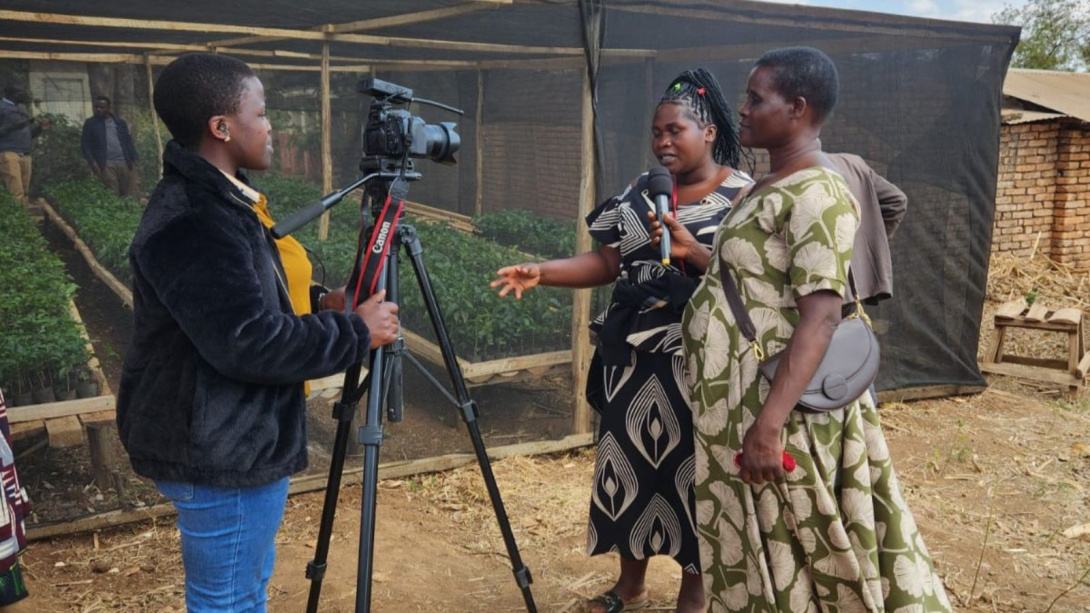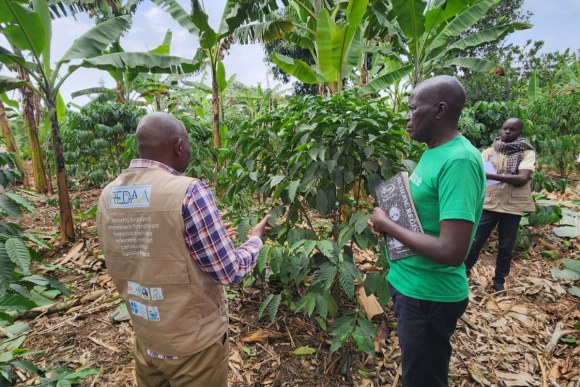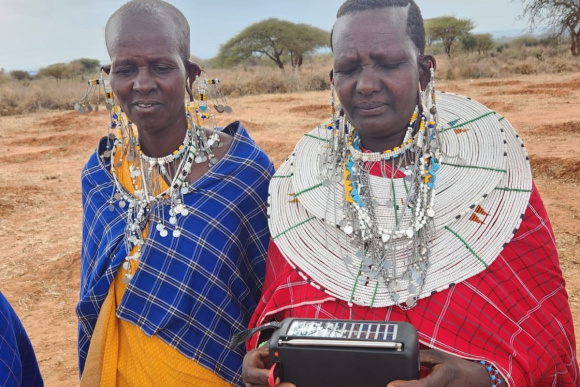REDAA staff recently paid a support visit to five projects in Tanzania and Uganda, where communities are taking the lead on restoring land, strengthening livelihoods and building resilience.

In southern Tanzania, farmers in Nachingwea district are trying something unusual: letting their land rest. The Long Fallows project, led by Tanzania Forest Conservation Group, is supporting small groups of farmers to increase the fallow period in their traditional swidden farming systems to improve agro-biodiversity and reduce conflict with wildlife.
The ambition is bold: to use this experience to inform broader community forest and land use policies.

A few hundred kilometres away, farmers in Mbeya and Katavi regions are adopting sustainable farming practices supported by funds from a community-owned credit system. The Rikolto-led Nature Fundi project is linking access to small loans with sustainable farming commitments through village microfinance groups – 44 of which have already been capitalised.
Training complements the loan system, equipping farmers with knowledge on sustainable farming and land restoration.
Further north, restoration efforts span varied landscapes: semi-arid rangelands and fertile uplands. A project led by Trias, builds on existing work with farmer and pastoralist groups, using a blend of tested tools and new technologies.
Maasai communities in Arusha Region are exploring land management approaches that support women’s participation.
Along the transboundary wildlife corridor in southern Kenya and northern Tanzania, another project is using a different kind of tool: the radio. Using tailored approaches suitable to each side of the border, WWF Tanzania and partners are supporting four local radio stations to produce weekly content on farming and restoration.
Listener groups are growing, engaging with new ideas and beginning to shift behaviours in response. More than 125 programmes have already been produced, and the model is attracting attention from other regions.
We have never spoken with the media before. We only listen to other people air their grievances on the radio, but we’ve never had the opportunity. Today, we are lucky to share the many issues that affect us.
- Jackson Moile, community leader and person with a disability, Oltepesi Village

In Uganda, restoration takes a different turn. The country has a record of hosting and supporting refugees fleeing conflict in neighbouring countries in refugee settlements. In districts of northwest and southwest Uganda, the International Institute for Tropical Agriculture (IITA) and its partners are supporting improved livelihoods for refugees and host communities alike through climate- and nature-smart agriculture and land use.
Demonstration plots are designed and led by the farmers themselves, and strong collaboration with organisations, government and academia is helping the project influence wider policy debates.
Each of these REDAA supported projects is sowing seeds of long-term change - grounded in local knowledge, partnerships and community leadership. While their approaches may be very different – from fallowing to microfinancing and storytelling – they share a commitment to learning, adapting and building locally led nature restoration from the ground up.